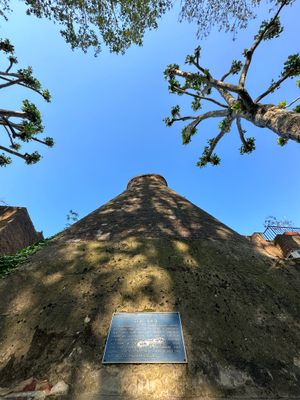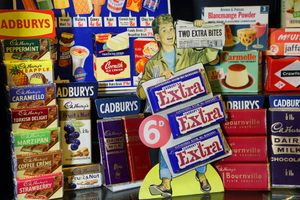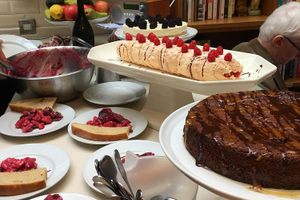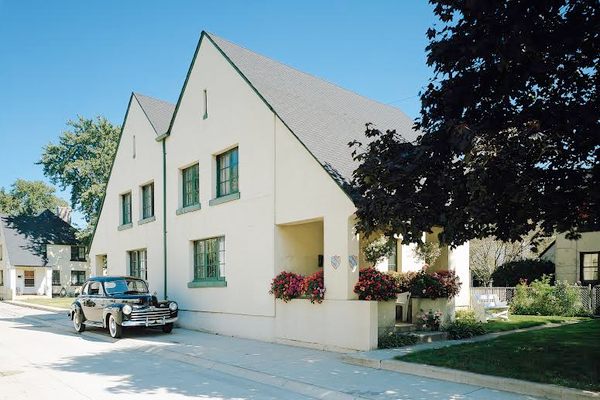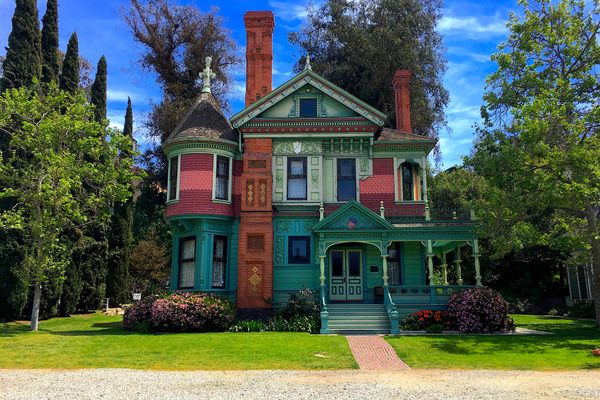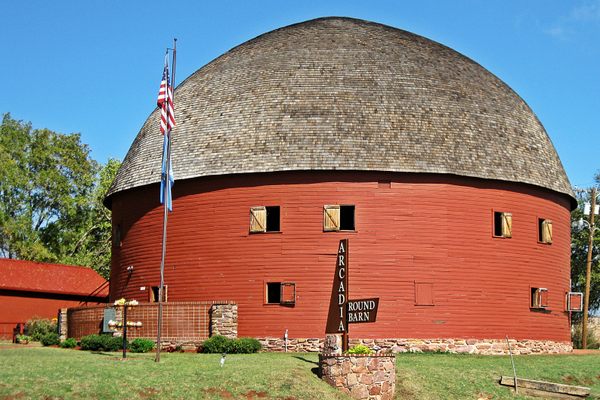About
This kiln, built in about 1824, is all that is left of a slum that was once one of the worst places to live in London. The area was called the “Potteries and Piggeries,” though even before that it was known as “Cut-throat Lane.”
The slum started with the pig keepers who had recently been forced out of Tottenham Court Road, but the community expanded with the arrival of the infamously rowdy brick makers. They built large kilns to fire up their tiles and bricks, and supplied these to line London's houses.
Even though the population of the area grew, there was no increase in sanitation or fresh water. By 1849 the community was in such a state that child mortality was at 87 percent and the average life expectancy had sunk to 11 years and seven months (the rest of London averaged 37 years). It was so bad that in 1850, Charles Dickens called the area, "a plague spot scarcely equalled for its insalubrity by any other in London."
The clay holes caused the area to become rife with stagnant pools filled with water, sewage, and pig slurry. One hole was so large and foul it was dubbed “the ocean.” The road wasn't so much a road as a set of small hills, and was sometimes used by people in the street to hide from drunks and other questionable personalities. A Poor Law Commissioners' report from 1838 mentioned houses where the floors had sunk and rested, "at one end of the room in the stagnant pool, while at the other end, being still dry, contains the bed or straw mattress on which the family sleep."
Slowly, improvements were made to the area. Local authorities began to upgrade the housing, and church schools arrived. By the end of the 1800s, people had started to live above stables, something that’s evidenced by the current houses along the road. Nowadays, the homes sell for hundreds of thousands of pounds. One kiln belonging to the original resident brick makers survived and has been extended and turned into a house.
Related Tags
Know Before You Go
The closest Tube station is Holland Park.
Published
August 28, 2017
Sources
- https://www.rbkc.gov.uk/pdf/Delegated%20Decision%20Report%20Sept%202012%20Appendix%202.pdf
- http://www.housmans.com/booklists/Entrance%20to%20Hipp%20Vague%2044.pdf
- http://www.british-history.ac.uk/survey-london/vol37/pp340-355
- http://www.cabbieblog.com/piggeries-potteries/
- http://hidden-london.com/gazetteer/notting-dale/
- http://news.bbc.co.uk/1/hi/england/london/3661613.stm





